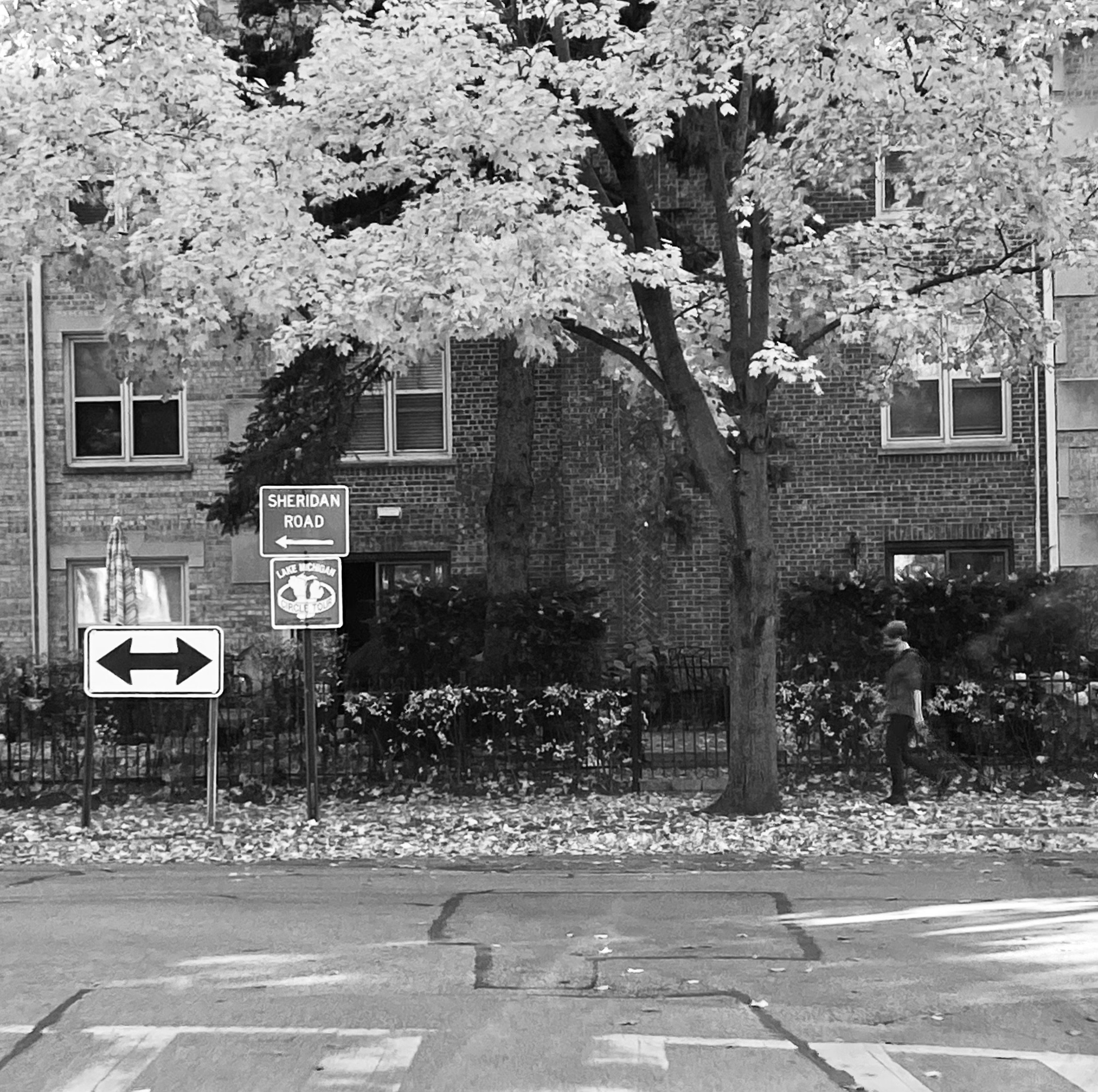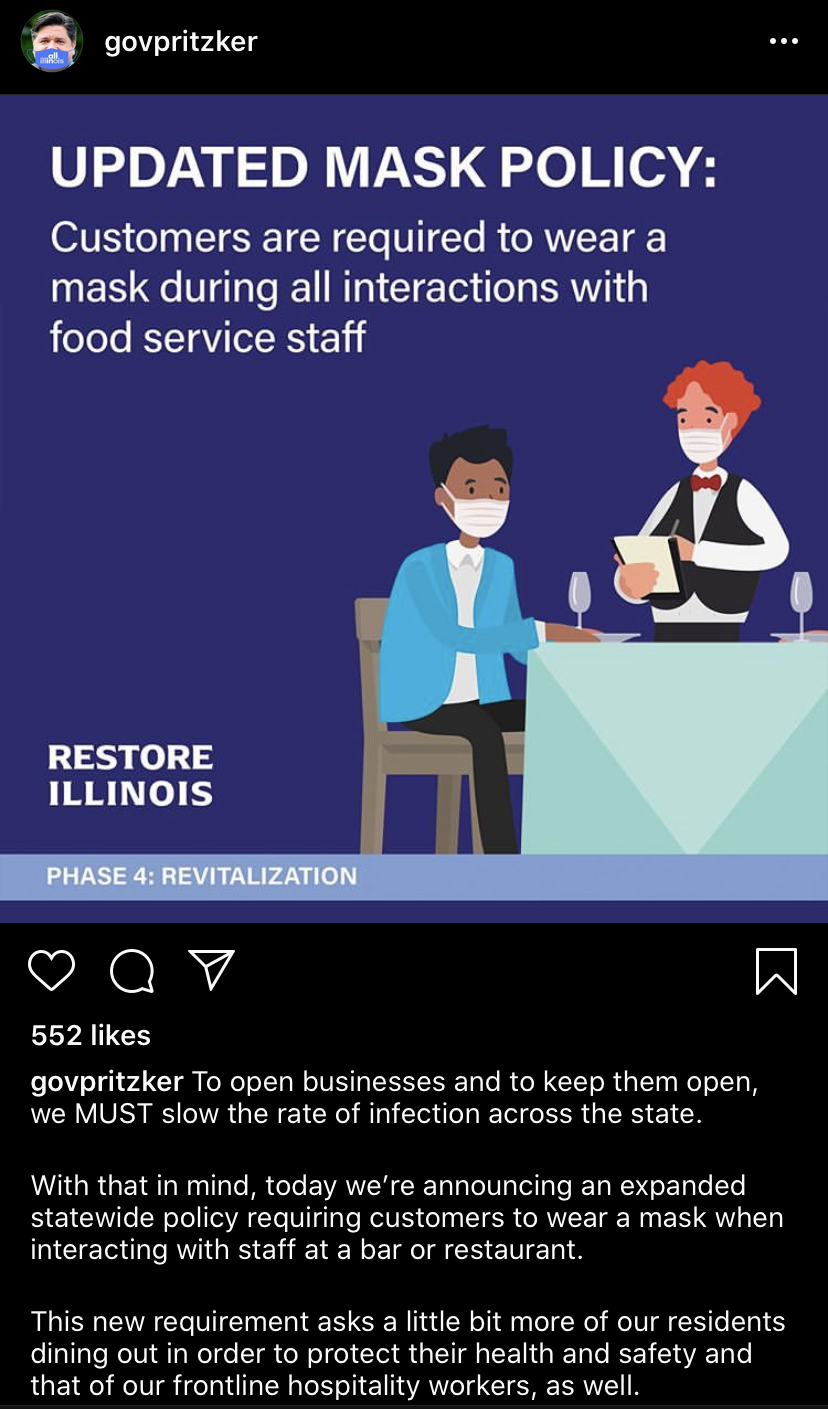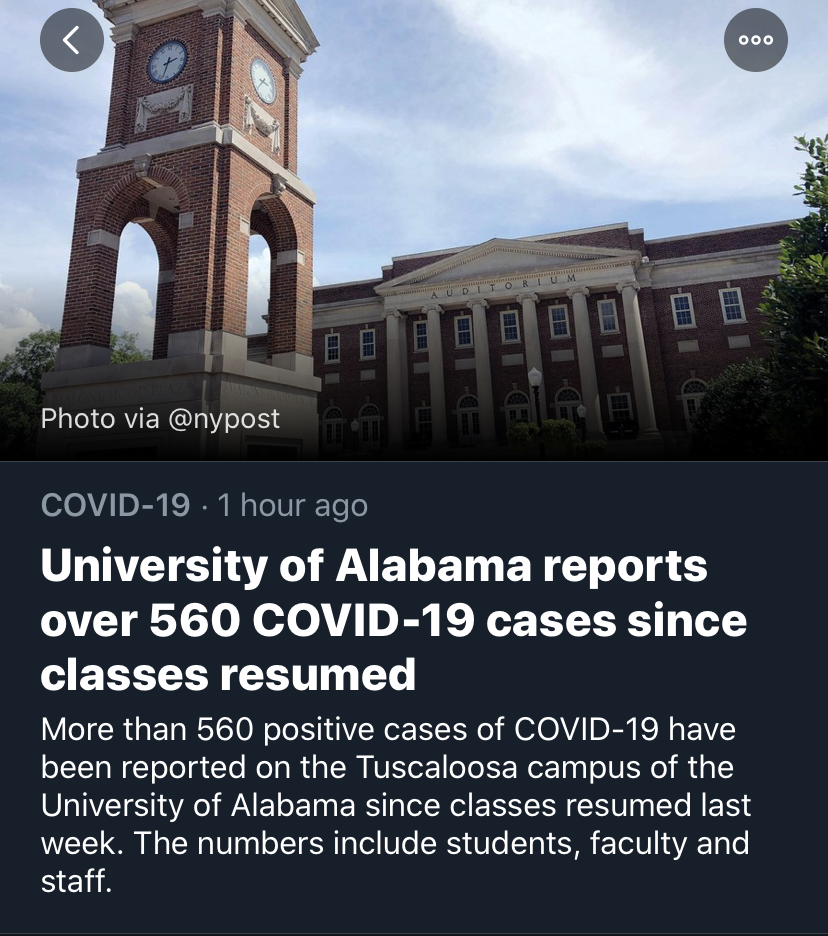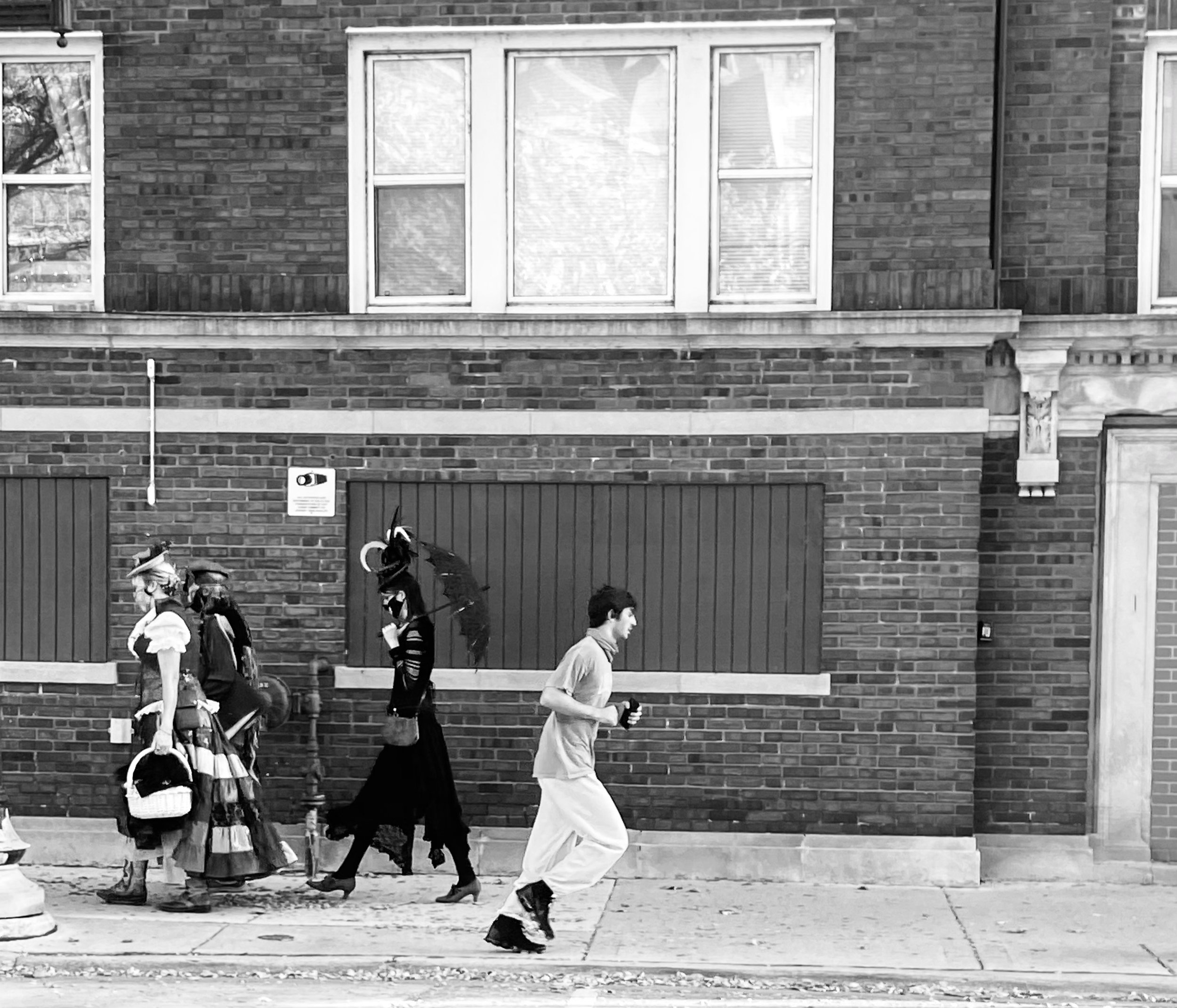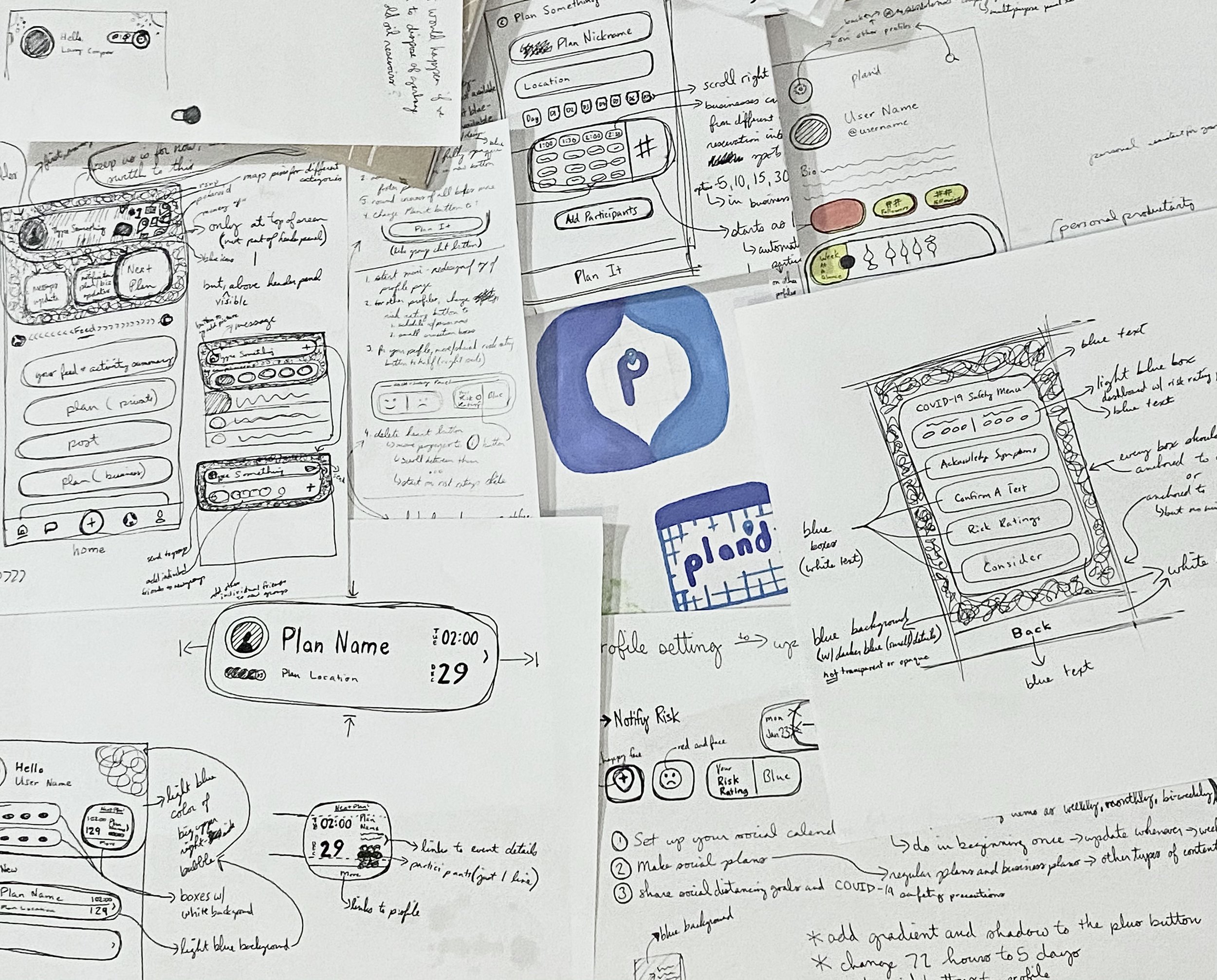
startup project
〰️
startup project 〰️
purpose
Designing to help manage the risk of COVID-19 exposure from social interactions during the pandemic.
Project Phases
understanding the problem.
designing the solution.
Building the product.
GOAL:
Create a tool to help people manage the risk of exposure to COVID-19 from essential social interactions at the peak of the pandemic.
HYPOTHESIS:
Bluetooth & location based contact tracing initiatives would fail to reach effective levels of adoption because they robbed us of our personal autonomy over our own freedom of movement.
1
Understanding the problem
background
In March 2020, the COVID-19 pandemic disrupted our society…
Health and technology industry leaders would introduce products, policies, and other initiatives aimed at combatting the spread of the virus with varying levels of effectiveness.
Social Listening, User Experience (UX) Research, Business Design, Product Design, Systems Design, Business Development, Project Management
APPLIED SKILLS:
Based on my research on social media and conversations with people who were experiencing this problem every day, I identified 3 core (but competing) user needs that would have to be satisfied simultaneously for any solution to be successful and would later serve as inspiration for the design requirements of a new product offering.
user needs:
-
People need to keep themselves free from being exposed to COVID-19.
-
People can only go without social stimulation for so long and can be willing to sacrifice some of their safety and sovereignty to get what they need.
-
People need to feel that they have control over their own freedom of movement to go wherever they want whenever they want, without regard for whoever/whatever their presence may affect.
Observation
--->
Action
--->
Observation ---> Action --->
At the time of the COVID crisis in early 2020, I observed an interesting workaround behavior that involved people forming their own makeshift ‘quaranteams’ in an attempt to safely engage in social interactions, but I also noticed a pattern of COVID outbreaks spreading through these groups. So, I wanted to try to design a digital solution that might be able to minimize the amount of human error making it into the system.
2
designing the solution
for a potential solution to be considered successful, I hypothesized that it must:
enable users to measure & manage the risk of engaging in potential social gatherings with consistent & reliable information.
empower users to feel that we control our own ability to move freely & access public spaces.
Defining Primary Use Case(s)
In the beginning of the pandemic, people were desperate to get back to our normal ways of living and navigating the world, so I decided to focus on re-enabling social interactions in shared, public spaces as the as the primary user scenario to design for.
essential system components
~
essential system components ~
1. Have the right information to *measure risk*
First, I calculated that we would at least need to answer the following questions to be able to measure COVID-19 exposure risk:
Who is participating in an upcoming group gathering?
When is the upcoming event?
Who has each participant been in close, physical contact with lately?
When were their most recent interactions?
What is the COVID-19 risk status of each participant?
But, how would we get this information?
2. have the power to *control your experience*
Then, I postulated that we would have to build a new, digital/social infrastructure system in order to have a successful solution to the emerging problem:
Competitive Differentiation
I anticipated that digital contact tracing projects using bluetooth-enabled location tracking to measure and communicate COVID-19 exposure risk would fail to gain the minimum levels of user adoption that they would need for their systems to be able to record any substantial effects on anything because, even though they had the greatest potential to achieve the most thoroughly successful results, they had the weakest user value payback potential, since Americans’ aversion to giving up any of our rights to privacy and freedom would outlast many exceptions in any emergency.
Active Adaptation
I settled on a solution that would sacrifice some certainty of information in exchange for access to the information by combining the traditional, reactive contact tracing after a potential exposure with a new approach of proactive contact planning based on digitally-scheduled social interactions and (initially self-reported) COVID-19 testing results (and without the need to track Bluetooth or GPS data).
so, I designed a digital community hub for managing social interactions to prioritize reducing exposure to COVID-19 and capture the role of host to the customer transactions at the heart of the emerging experiential retail economy.
With this solution, users could take action at any time to make decisions that maximize their 1. COVID-19 safety, 2. social satisfaction, and 3. freedom to move about the world as they wish.
3
building the Product
After solidifying the structural composition of the solution design, I found a software development partner, Codeventures, to help bring my vision to life.
We collaborated to create a product development plan to prioritize building a Minimum Viable Product (MVP) that would deliver enough value for users to find it useful. Click here to watch a quick video demo of an early prototype.
Pivot
As we were wrapping up with development, preparing to publish to app stores, and planning to start marketing the app in Nov 2020, I observed that the occupancy ordinances introduced by local governments around the world to protect economies from the effects of a temporary reduction in business activity from the pandemic, were pushing people to prefer private social gatherings over of public gatherings in shared spaces.
So, I designed a new brand experience to highlight the safety value of social planning as the major benefit of this service offering instead of regaining access to the public spaces they already value.
Impact
Unfortunately, after launching the app in the Google Play Store in January 2021, my team received feedback from Apple that we wouldn’t be able to publish in Apple’s App Store because of a covid-19 restriction that required support from a scientific or governmental organization for any covid-related information...
Amidst the struggle to get the app to market, we ran out of funding, so I had to make the hard decision to cease new development on the project.
It was difficult to experience some of the obstacles I encountered on this project, but I learned a lot in the process, and I’m looking forward to reflecting on and applying the insights that I gained from this experience in my next endeavor.
A lot of the work that I had to do to get this project kicked off pushed me outside of my comfort zone, so I appreciated being recognized for my efforts on this project in Chicago Inno’s 2020 25 Innovators Under 25.
